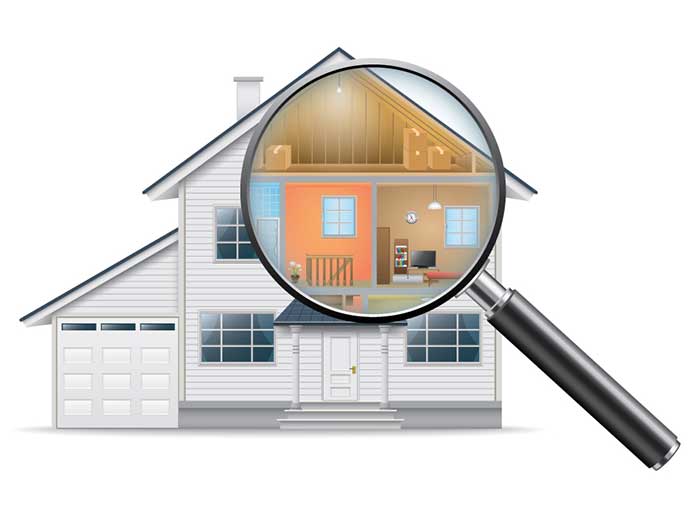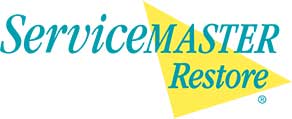The attic in your home may feel like a tricky space to keep clean, seeing as it’s likely not one you enter often. And with long stretches of neglect just might come complicated contamination.

If you’ve avoided entering your attic for fear of what might be hiding in the hidden nooks and crannies, allow us to shed some light on the one space in your home that is most often left in the dark…
Looking Inside Your Attic
A common concern for homeowners across the country, mold is liable to grow in your attic by virtue of the humid Florida climate in and of itself, especially when it collides with cooler indoor air. And where there’s condensation, there will invariably be the potential for mold growth.
Specifically, moisture intrusion and mold growth are likely to occur on rotting insulation, carpeting, exposed wood, and more — all of which are commonly found in one’s residential attic.
But that’s not the only problem. Your home’s attic is also likely to house a variety of allergens — from dust mites to pollen and more — if any roof damage or air leaks are present. As outdoor contaminants make their way in, they’ll either be trapped by poor ventilation or circulated elsewhere in your property, posing a potential health risk.
“[Attic] dusts pose a probable health hazard if the dust is disturbed and allowed to plume within the living areas of a dwelling, thereby exposing the occupants, especially children, to elevated levels of metals and fine particulates,” studies indicate.
Investigating for Answers
One of the easiest ways to find out whether or not your attic may be vulnerable to mold growth and contamination is to invest in a roof inspection, especially if storm damage has been a prominent concern in recent years.
Additionally, take into consideration the current state of ventilation in the upper areas of your home. After all, poor ventilation is a common cause of mold proliferation and airborne contamination in attics, which is all to say that improved airflow may be the first step to preventing future hazards.
Otherwise, if you’re not sure whether or not there may be mold or other complications in your attic, the International Association of Certified Home Inspectors (NACHI) recommends the following:
- Search for points of discoloration or staining around your roof, especially where skylights, vents, or chimneys provide an opening.
- Look for areas of rust and corrosion.
- Inspect your insulation, especially if it has thinned or weakened over time.
- Take note of whether or not your attic smells musty or mildewy.
Taking the Next Steps
If you’ve narrowed down the cause of contamination in your attic, or if you’re simply ready to take preventative measures for long-term home health, there are a few easy steps you can take.
For one, the Environmental Protection Agency (EPA) suggests that homeowners keep humidity levels in their attics or crawlspaces below 50 percent, thereby avoiding water condensation on various materials.
Additionally, you can always call your locally-owned, operated, and trusted remediation team — like ServiceMaster Restoration of First Coast — to effectively remove mold from your home!
Our team not only provides water damage mitigation services that can help restore your attic to optimal condition following a disaster, but we are also certified to safely contain and remove mold, leaving your space clean and safe to enter afterward.
If you’re ready to learn more or schedule your appointment with our licensed team, contact us 24/7 by calling (904) 219-0635!
